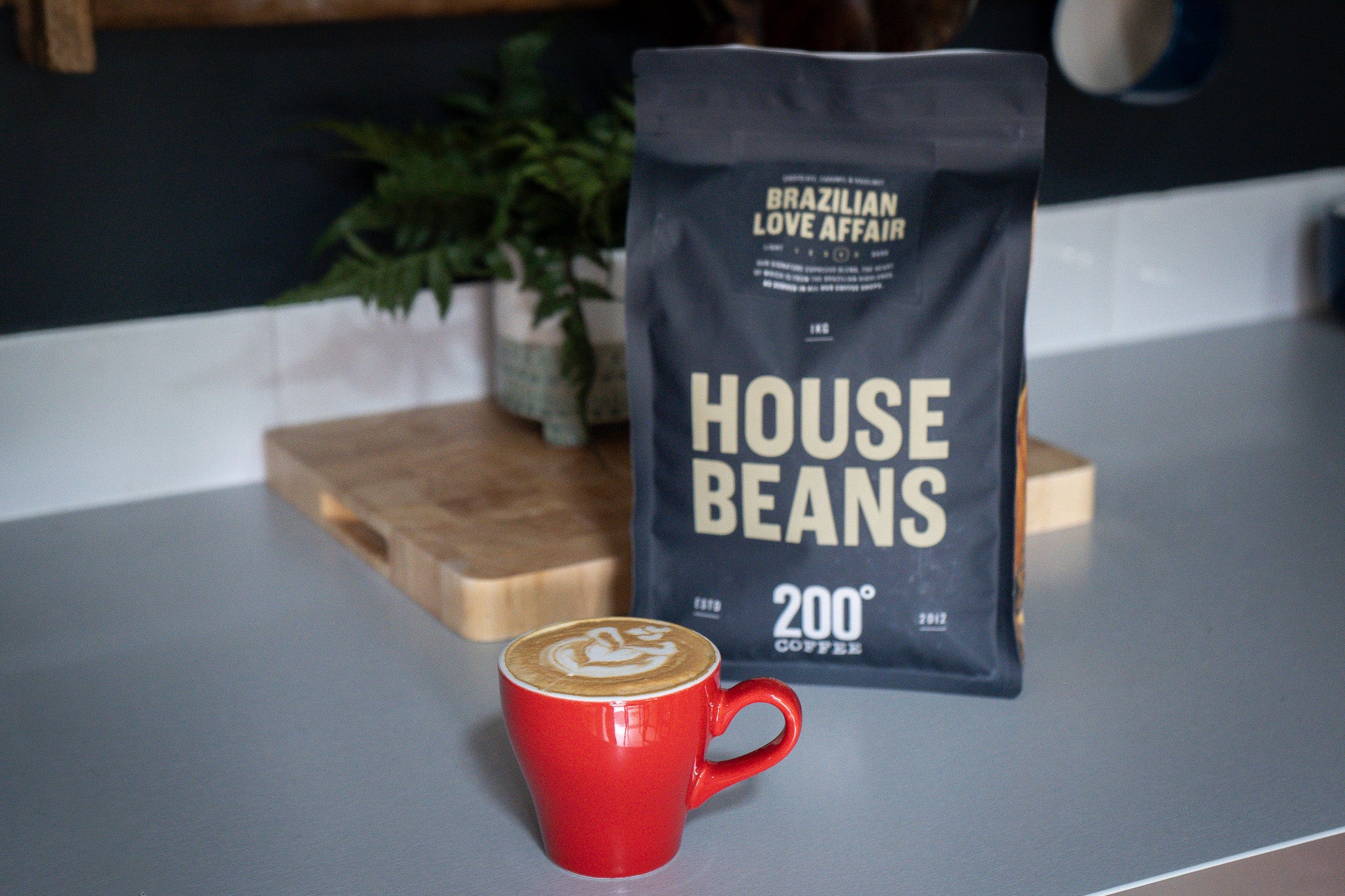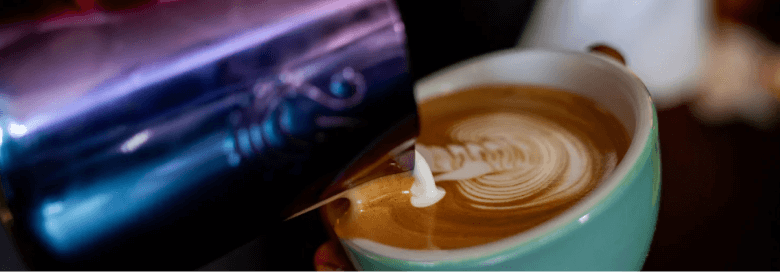7 Tips for Better Coffee Brewing at Home

- Education
Coffee lovers looking to recreate their favourite coffee shop quality brew in the comfort of their homes can look to expert tips from the baristas at speciality coffee roaster 200 Degrees.
From storing properly, to grinding at the correct time and measuring out ingredients, coffee masters have spilt the beans on bringing the brew from the shop to the home. Graham Hepburn, head of coffee at 200 Degrees, said: “A perfect brew always comes down to getting a few very simple things right. We understand that not everyone has time for the 9am coffee run before work each day, and sometimes you want to take it easy and enjoy coffee shop style quality from your own home.
“200 Degrees has a range of freshly roasted blends to order online or purchase in-store, the beans can be ground by staff or taken home, to recreate the distinctive fresh drinks unique to 200 Degrees. “We’ve put together seven tips to help you do this, without having to step outside of your own front door – brewing coffee at home has never been so easy.”
Here are the seven top tips for a tasty home brew:
1. FRESH IS BEST
A great cup of coffee can set your mood for the whole day and the first step to achieving brew perfection is to start with the coffee beans. The fresher the beans, the better your brew will taste - unlike most foods with a use by date, coffee has a roast date to indicate the day in which the beans were roasted.
Coffee should be consumed within a month of its roast date as the window of freshness is typically between 7 and 21 days from the stated date. The closer the roast date, the fresher your coffee will be. Bear in mind that not all coffee is the same and the freshness may vary for different roasts.
2. PROPERLY STORE YOUR BEANS
To keep your coffee fresher for longer, it is essential that it is stored properly. Once opened, your beans will need to be stored well, ideally in an opaque, airtight container. A coffee bean’s four greatest foes are moisture, air, heat and light and these four factors will dramatically alter the condition of your beans.
To ensure beans remain at optimal freshness, it is recommended that you store them in a cool, dry place out of direct sunlight. Use a correct sized mason jar for the amount of beans stored, the less air mixing with the beans, the better.
3. GRIND JUST BEFORE YOU BREW
Coffee begins to lose its flavour 30 minutes after being ground, so it is important to grind your beans just before brewing. Grinding your beans just before you brew can be the difference between a tasty cup of coffee and a bitter brew. If you can grind yourself, you’ll get the best flavours. Use an automatic grinder for best results, although a hand grinder is also an option.
4. SIZE MATTERS
Depending on your brewing method, your grind size will change. It is important to pay attention to the size of your grind to avoid pitfalls so if you grind your coffee beans too course then your coffee will result in a flat, weak cup. Grind them too fine and you will be left with an over extracted cup, making your coffee bitter. A manual hand mill will give you a consistent grind but will require a small amount of manual labour.
5. MEASURE YOUR COFFEE
Making the best coffee at home is all about eliminating variables and the best way to do that is by measuring out how much coffee you are using per unit of water each time you brew. The general guideline – known as the ‘Golden Ratio’ suggests 15g of coffee to 240g of water for brewed coffee and 17g of coffee to 34g of water for espresso. Measuring will give you a better idea of your own preferences and allows you to adjust the ratio quickly to suit your taste. Self-brewers often try to create shortcuts by using less coffee and hotter water to extract more cups per pound, but this does not work, and you’ll only be tricking yourself when you’re left with a bitter brew.
6. TIME YOUR COFFEE
The length of time you brew your coffee for is an important flavour factor and will affect its taste. Depending on the type of brewing method and the equipment used, your brewing time may vary. The general rule of thumb is between 4-6 mins for the perfect cup. The longer contact between the water and the coffee, the more extraction is taking place. If you prefer a bitter flavour, brew your coffee for longer to release the intense flavours.
7. DON’T SKIP THE ‘BLOOM’
A bloom is when you pre-infuse your coffee grounds, this initial dowsing of near-boiling water (let your boiling water cool for 1 minute) removes trapped CO₂ from the roasting process, creating the bloom. This step also makes for a stronger brew when executed correctly. Skipping this all-important step will allow the CO₂ to repel water during the brewing process, making your brew weaker.
